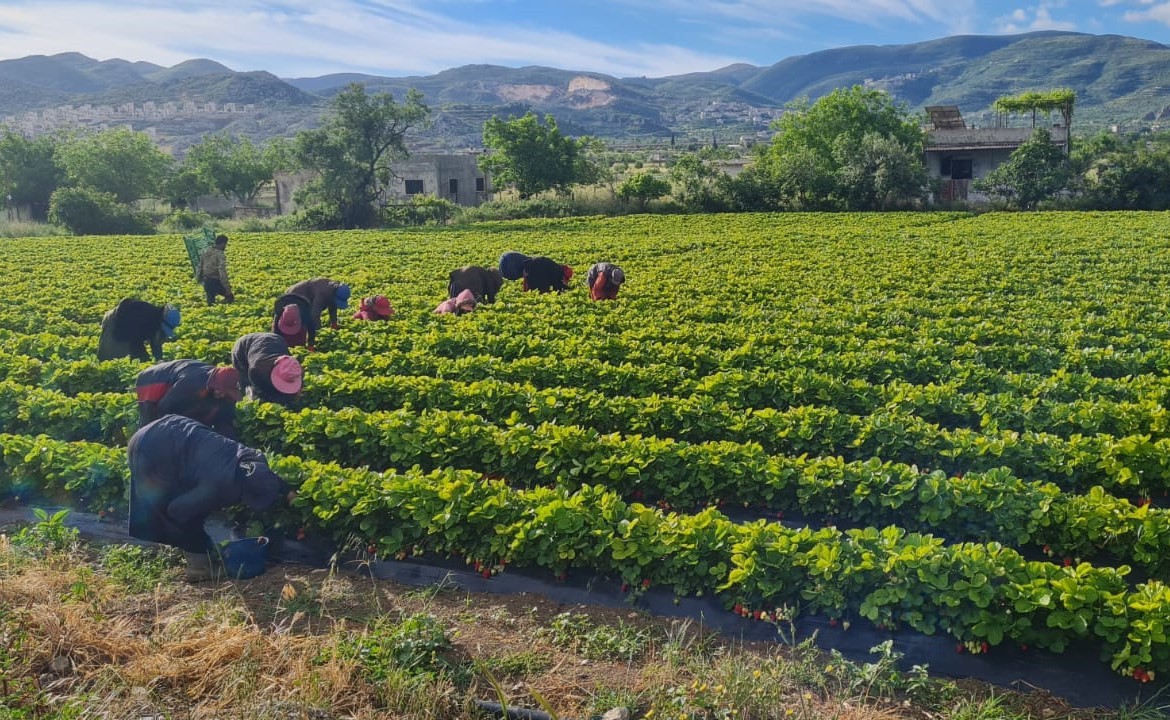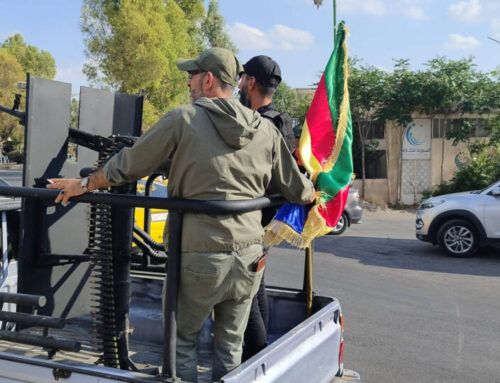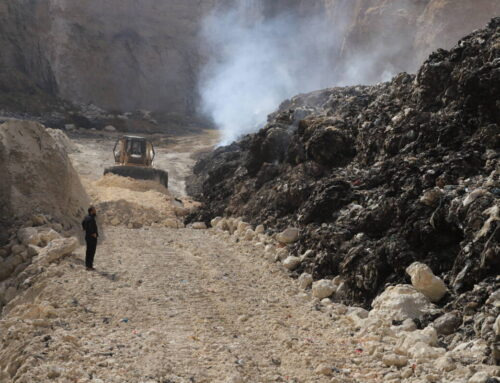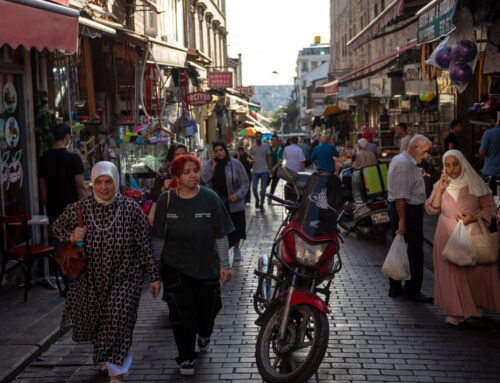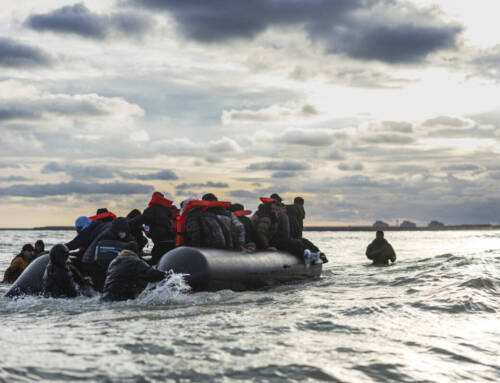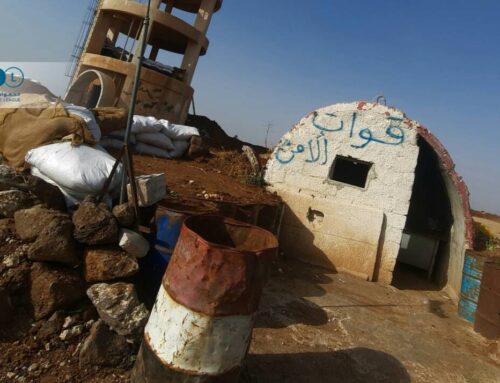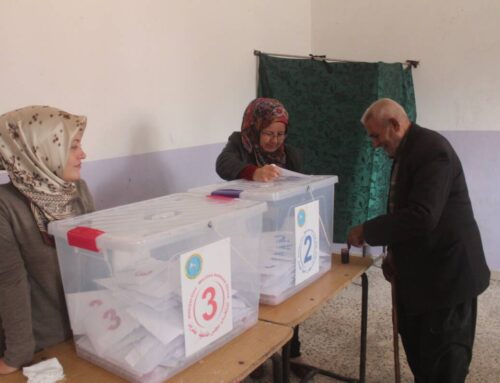Unlikely crops find fertile ground in Idlib
The unlikely fruit of war and displacement, unconventional crops like strawberries, broccoli and Damask roses are taking root in Idlib province, where they were seldom cultivated before the war.
28 May 2024
IDLIB — Workers’ hands are busy plucking the fruit from strawberries planted on 30 dunums of 38-year-old Rami Soulaq’s land in Bidama, a town in Idlib’s western Jisr al-Shughour countryside. Soulaq started growing strawberries, a novel crop in the northwestern province, with an area of just 10 dunums two years ago.
Soulaq brought strawberry farming to Idlib from Turkey. He was displaced to Yayladağı, in Turkey’s southern Hatay province, in 2017 after regime forces took control of his hometown in Jabal al-Turkman, in the north of Syria’s coastal Latakia province.
In Binnish, 70 kilometers to the east, 45-year-old Walid Hamdan is looking to increase his broccoli crop to 10 dunums when the season starts in September, after planting eight dunums last season, his first.
Broccoli brought a “higher profit and lower cost” for the farmer, compared to more typical crops, he told Syria Direct. While it is not possible to judge the long-term economic feasibility of a crop from a single season, broccoli cost him $50 per dunum to grow, compared to $200 per dunum for vegetables such as cauliflower and cabbage.
From strawberries, broccoli, Damask roses and turmeric to saffron, nigella seeds, peanuts and bananas, crops unfamiliar to Idlib before 2011 have taken root. They have been introduced, carried and transplanted from neighboring countries or other parts of Syria by people themselves uprooted by war. Displaced people make up more than half of the four million people living in northwestern Syria, which is controlled by Hayat Tahrir al-Sham (HTS) and Turkish-backed opposition factions.
“If not for the war and displacement, I wouldn’t have learned about cultivating strawberries,” Soulaq said. Few people were interested in this crop in the area where he now lives, which is known for its fruit trees, especially citrus.
Musa al-Bakr, an agronomist living in Idlib, said Syria lacked some of these crop varieties—even though they can be successfully cultivated—because they were not encouraged by the government. Damascus focused instead on strategic crops, such as wheat and cereals, alongside crops that produce raw materials, such as sugar beets and cotton, he told Syria Direct.
Newly introduced crops are “not among farmers’ main crops” in the northwest, according to Tamam al-Hamoud, who heads the HTS-backed Salvation Government’s Directorate of Agriculture in Idlib. For that reason, there are no official statistics on the area of land planted with such varieties, he added, noting that they do not cover a significant area of the province’s 65,740 hectares of cultivable land.
“It is not possible to provide readings and results for these crops, since they are alien to the region,” al-Hamoud told Syria Direct. “It is not possible to know how suited they are to the climate or their resistance to diseases.”
Agronomist al-Bakr, who provides specialized services related to crops in Idlib in cooperation with Creative, a local company, said the area of land planted with saffron in the province increased from five dunums in 2023 to 10 dunums in 2024. Some 500 square meters were also planted with turmeric last year, and “it was successful in terms of production and material yield,” he said.
Based on his experience with broccoli, Hamdan believes “new varieties can be grown in Idlib” if the appropriate supplies, financial capacity and human resources are available. He stressed the need to “spread this new farming culture to achieve crop diversity.”
Alongside new crops, new agricultural techniques have also been introduced. Farmers displaced from other parts of Syria brought with them techniques for producing winter and early vegetables—such as tomatoes, cucumbers and zucchini—in the form of greenhouses and tunnels that are mainly used on the Syrian coast and in the Hama countryside, al-Bakr said.
Breaking into the market
Hamdan’s journey with broccoli began when he traveled to the Turkish city of Gaziantep in July 2023 for medical treatment. While there, he toured agricultural supply stores, searching for seeds he could plant once back in Syria. He settled on a packet of broccoli seeds, which he bought for 100 Turkish pounds (TRY) (around $3.50).
In September 2023, after researching online and consulting with an agronomist, Hamdan planted the seeds in a seedbed of less than 50 square meters. “I was surprised at the large amount of seedlings, so I decided to take a risk and plant them on eight dunums I’d intended to plant with potatoes,” he said.
Hamdan’s broccoli plants started producing at the start of November 2023, with a success rate of around 80 percent. Each dunum produced more than 500 kilograms of the vegetable, but now he faced a new challenge: selling it. “Broccoli is a strange product in the Syrian market,” he said. “The first question people have is: What is this? They marvel at it being a green cauliflower!”
To market his produce, Hamdan distributed between 200 and 300 kilograms of broccoli to grocery stores in Idlib “at an encouraging price, half a dollar per piece.” He also sent quantities to Azaz and Jarablus, in the northern Aleppo countryside. “Gradually, people started to accept this product and ask for it,” he recalled.
After his success with broccoli, this year Hamdan bought seeds from Turkey for a new plant that he aims to try growing in Idlib. He declined to specify what kind, simply saying: “It’s a plant that hasn’t been grown in Syria before.”
The Damask rose (Rosa x damascena), an ancient and prized variety of the flowering plant, is among the new crops brought to Idlib by displacement and war. Hussam al-Abd, a 35-year-old farmer from the northern Idlib town of Killi, had not heard of cultivating it before 2018. That year, a man displaced from the Qalamoun region in Reef Dimashq brought 100 cuttings with him to Killi and planted them there.
In 2021, al-Abd planted Damask roses among his three dunums of olive trees. It was his first attempt at growing them, and he was encouraged to try by “the low growing costs” and because “they don’t impact the trees, unlike crops such as cucumbers and zucchini that generate fungal diseases,” he told Syria Direct. The roses have brought him an additional income “from a crop whose cultivation is unfamiliar in the area.”
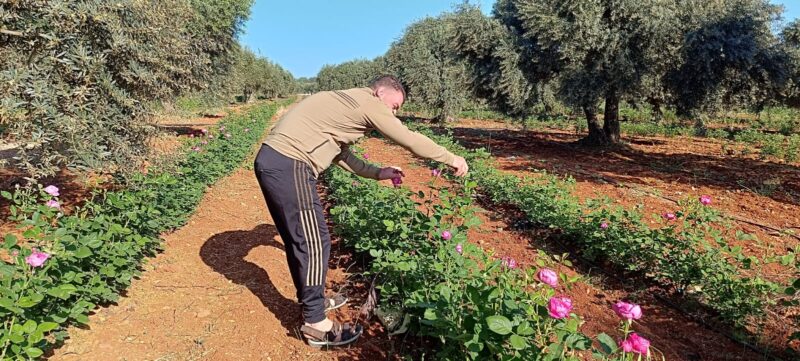
Farmer Hussam al-Abd inspects the Damask roses he grows among his olive trees in the northern Idlib town of Killi, 6/5/2024 (Mahmoud Hamza/Syria Direct)
No special supplies are needed to cultivate Damask roses. A farmer can plant young roses in the ground after they are germinated and grown in a nursery for a full year. Then, each December, the plants are pruned to begin production in May.
His first season, al-Abd sold his roses at a price of between $4 and $5 per kilogram, the price reflecting the demand for them against a lack of supply. As this form of agriculture spread, and roses appeared on roadside stalls and grocery stores, the price per kilogram fell to around $0.50 this year.
Al-Abd has not estimated his profits from this crop, and sees any amount of money it brings in as a positive. “Taking advantage of the space between the trees is better than not doing that, and it is an additional income,” he said.
In Killi alone, there are around 400,000 roses grown from seedlings at 30 farms, covering the entire needs of the local market, al-Abd said. Sometimes, the harvested flowers do not sell “because there is no distillery that can convert them into essential oil,” he added. “Their use is limited to floral infusion drinks [zhourat] after they are dried, or else they are made into jam.” As a result, Damask rose cultivation has not spread like other new crop varieties, farmers told Syria Direct.
‘Individual experiments’
Because Soulaq’s strawberries are among the new crops taking root in Idlib, he is able to sell all the fruit he produces in the local market.
When the harvest begins in mid-April, demand for strawberries increases—they are the first fruit to hit the shelves as the weather begins to warm. At that time, strawberries sell for $3 per kilogram, Soulaq said, before falling to between $1.50 and $2 once summer fruits such as apricots, peaches and nectarines hit the market.
If successfully cultivated, one dunum produces five tons of strawberries, depending on how densely the seedlings are planted and how they are cared for, Soulaq said. The production cycle continues for three months.
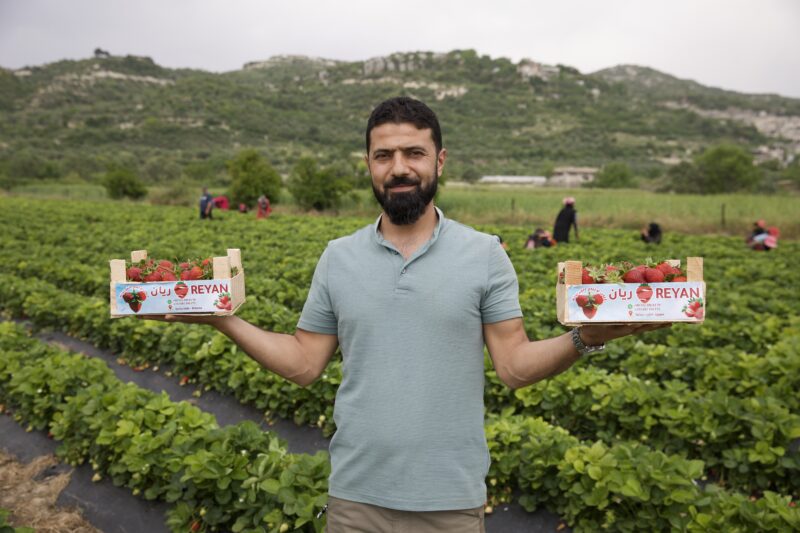
Rami Soulaq holds up boxes of strawberries grown on his land in the Idlib town of Bidama, 6/5/2024 (Mahmoud Hamza/Syria Direct)
Soulaq estimated each dunum of strawberries costs from $1,500 to $2,000, factoring in irrigation costs as water is usually drawn from wells using electricity. Additional costs include a drip irrigation network, plastic covers for the plants, pesticides, fertilizers and continuous weeding.
Still, “I make a good income, more than from planting fruit trees,” Soulaq said. Each dunum can generate up to $7,500 in a successful season, based on the lower end of the price per kilogram.
Soulaq’s strawberry fields also provide at least 30 jobs, with each worker paid TRY 200 (around $7) for seven hours of work. “These are additional job opportunities in Idlib’s labor market that don’t require great expertise, such as weeding, picking and packaging,” he said.
Despite the success of unconventional crops so far, some “do not meet the needs of the local market, since the area cultivated is small,” al-Hamoud of the Salvation Government’s Directorate of Agriculture said. On the other hand, they “do not impact the strategic crops the Salvation Government is interested in planting, such as potatoes and wheat.”
Most of the areas cultivated with new crops are essentially “individual experiments that can be described as home planting or home gardens,” al-Hamoud added.
Soulaq has his sights set on more than that. He plans to fill the needs of northwestern Syria’s market with his fruit, increasing the area he has planted “so everybody can eat strawberries—not just the well-off.”
This report was originally published in Arabic and translated into English by Mateo Nelson.

